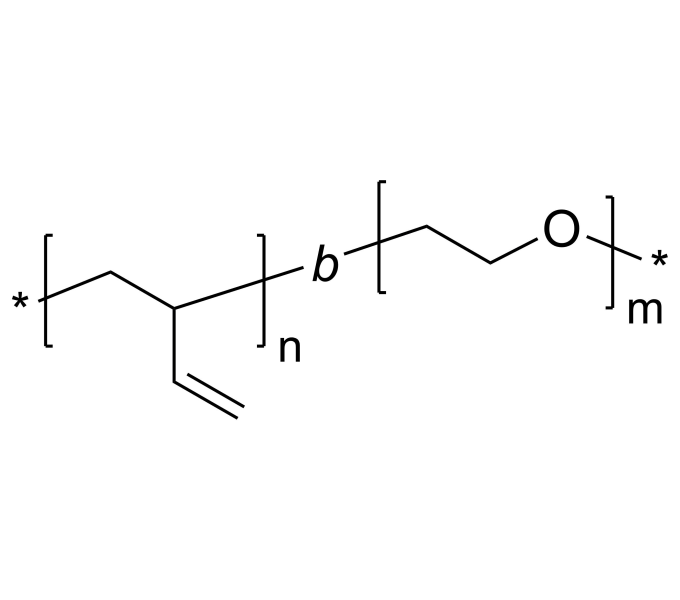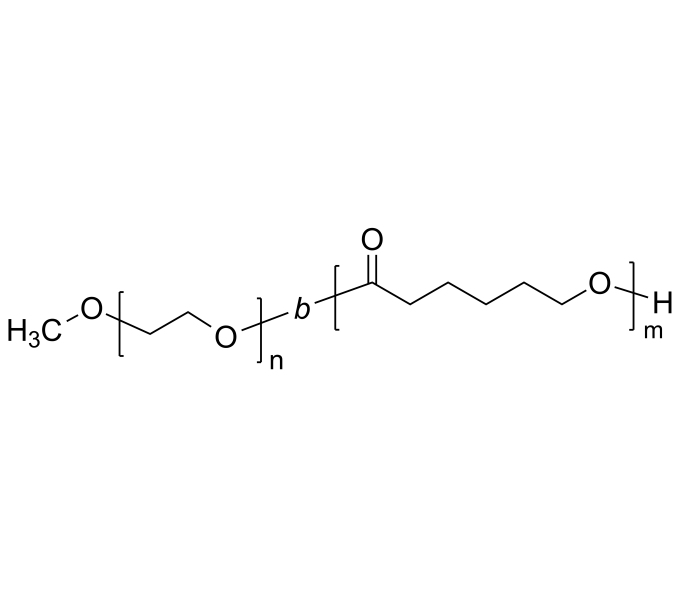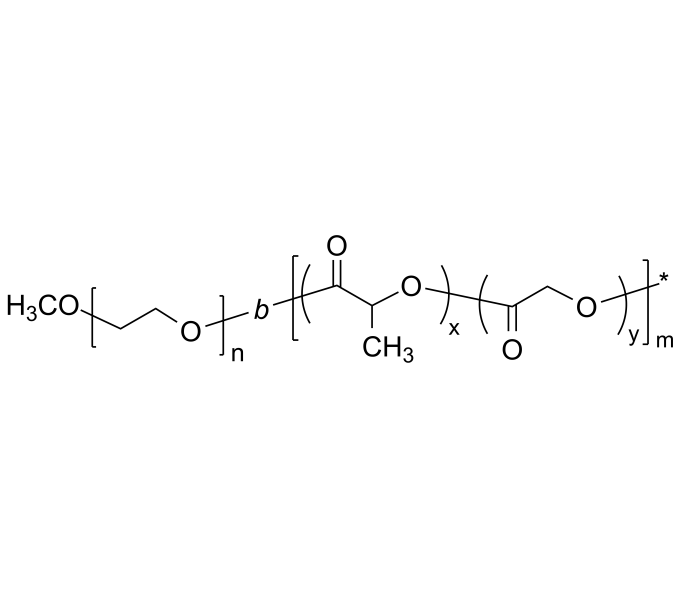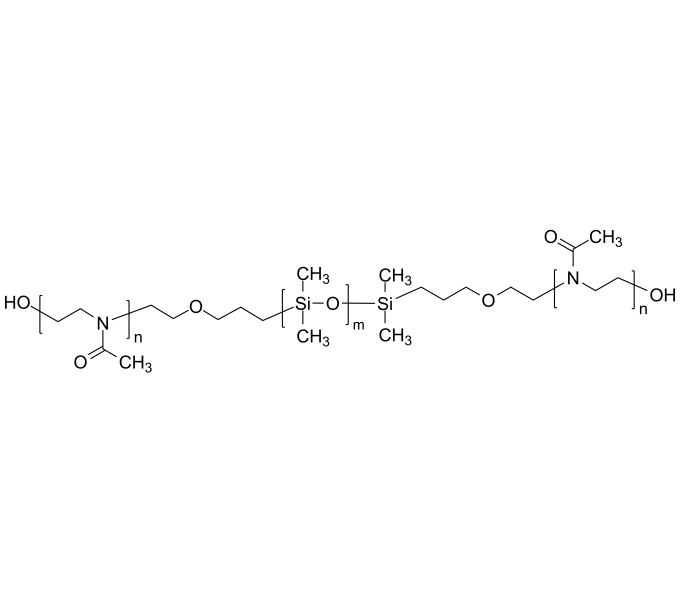Polymersomes represent a significant advancement in polymer science. This comprehensive guide explores the fundamentals, applications, and prospects of this product.
What are Polymersomes?
Polymersomes are vesicle-like structures formed by the self-assembly of amphiphilic block copolymers in an aqueous environment. They are similar to liposomes but typically offer greater stability and versatility due to the synthetic nature of the polymers.
Polymersomes are self-assembled vesicles composed of amphiphilic block copolymers.They resemble liposomes but are more durable, featuring a bilayer membrane structure capable of encapsulating both hydrophobic and hydrophilic molecules.
The formation of polymersomes involves the self-assembly of block copolymers in aqueous solutions, driven by the hydrophobic interactions of the polymer segments. .
Historical Context and Development
The concept of polymersomes was first introduced in the late 1990s as an advancement over traditional liposomes. Since then, extensive research has been conducted to optimize their properties and expand their applications. Key milestones include the development of polymersomes with controlled release mechanisms and the incorporation of stimuli-responsive features.
Key Features and Properties of Polymersomes
- Structure: Polymersomes are composed of a bilayer membrane formed by amphiphilic block copolymers, such as polyethylene glycol (PEG) and poly(lactic-co-glycolic acid) (PLGA).
- Size: Typically, ranges from tens to hundreds of nanometers in diameter.
- Permeability: Polymersomes exhibit controlled permeability, enabling selective encapsulation and release of molecules.
- Stability: Polymersomes offer enhanced stability compared to liposomes, facilitating prolonged circulation in biological systems.
Applications of Polymersomes
Polymersomes demonstrate their versatility and potential to advance fields such as medicine and biotechnology:
- Drug Delivery: Polymersomes serve as efficient nanocarriers for delivering drugs and therapeutic agents to specific targets in the body, improving treatment efficacy and reducing adverse effects.
For example, polymersomes have been successfully used in clinical trials to deliver anticancer drugs, demonstrating improved therapeutic outcomes and reduced toxicity.
- Nanoreactors: By encapsulating enzymes or catalysts, polymersomes function as nanoscale reactors for biochemical reactions and the synthesis of complex molecules.
- Synthetic Biology: Polymersomes are utilized in synthetic biology to compartmentalize biological components, aiding in the construction of artificial cellular systems and facilitating controlled interactions between molecules.
Fabrication of Polymersomes
- Synthesis Methods: Polymersomes are synthesized using various techniques including solvent evaporation, thin-film hydration, and microfluidics. These methods allow for precise control over size, morphology, and functionalization, tailoring polymersomes for specific applications.
- Characterization: To assess polymersome properties, analytical techniques such as dynamic light scattering (DLS), transmission electron microscopy (TEM), and atomic force microscopy (AFM) are employed. These methods provide detailed information about polymersome size, shape, and stability, crucial for optimizing their performance in various biomedical and biotechnological applications.
Current Research and Innovations
Recent advances in polymersome research focus on the development of hybrid polymersomes that combine multiple functionalities, such as imaging and therapy, into a single vesicle. Researchers are also exploring the use of polymersomes for gene delivery, aiming to create effective and safe gene therapies.
Challenges and Prospects in Polymersome Technology
Outlined below are the future directions and challenges for advancing polymersome technology, with a focus on enhancing their efficacy, safety, and applicability across diverse fields including medicine and industry.
- Biocompatibility: Future advancements aim to enhance biocompatibility and reduce immunogenicity, crucial for advancing polymersomes towards clinical applications.
- Multifunctionality: Incorporating stimuli-responsive polymers will enable polymersomes to release their cargo in response to specific environmental cues, enhancing their therapeutic efficacy and Versatility.
- Industrial Scale-Up: Challenges lie in scaling up production methods to meet industrial demands while ensuring batch-to-batch consistency. Overcoming these challenges is essential for the widespread adoption of polymersomes in commercial and medical settings.
Benefits of Polymersomes
Polymersomes offer several distinct advantages across various fields, driven by their unique structural and functional properties. Here are key benefits of polymersomes:
1. Versatile Drug Delivery Systems
- Dual Encapsulation Capability: Polymersomes can encapsulate both hydrophobic and hydrophilic drugs simultaneously within their bilayer structure, offering versatility in drug delivery.
- Enhanced Stability: They provide greater stability compared to liposomes, ensuring prolonged circulation in biological systems and protecting encapsulated drugs from degradation.
2. Biocompatibility and Reduced Immunogenicity
- Natural-like Structure: Their amphiphilic nature and composition of biocompatible polymers (e.g., PEG, PLGA) contribute to reduced immunogenicity and enhanced biocompatibility.
- Suitability for Biomedical Applications: Polymersomes are well-tolerated by biological systems, making them suitable for biomedical applications, such as drug delivery and imaging agents.
3. Controlled Release and Triggered Responses
- Stimuli-Responsive Properties: Some polymersomes can be designed to respond to specific environmental cues such as pH, temperature, or enzymatic activity.
- Controlled Release: This feature facilitates controlled and sustained release of encapsulated substances, improving therapeutic efficacy and reducing dosing frequency.
4. Biomedical Imaging Agents
- Contrast Agents: Functionalized polymersomes serve effectively as contrast agents for various imaging modalities, such as MRI, PET (Positron Emission Tomography), and fluorescence imaging.
- Enhanced Imaging Quality: Their nanoscale size and ability to carry imaging payloads enhance diagnostic accuracy and improve visualization of biological structures.
Market and Economic Impact
The global market for polymersome technology is expected to grow significantly in the coming years, driven by increasing demand for advanced drug delivery systems and biomedical applications. Major pharmaceutical companies and research institutions are investing heavily in the development and commercialization of polymersome-based products.
Polymersomes Suppliers: Polymer Source, Inc. from Canada
Polymer Source, Inc. (Canada) plays a pivotal role in providing advanced polymersome technologies to diverse industries. Here’s an overview of our polymersome offerings:
1. Product Range and Expertise
- Diverse Portfolio: Polymer Source offers a wide array of polymersome formulations designed for specific applications such as drug delivery systems and nanoreactors.
- Customization: We specialize in providing customized polymersome solutions tailored to meet specific customer requirements, ensuring optimal performance and compatibility.
2. Quality and Innovation
- Advanced Research:Polymer Source is committed to continuous innovation and research in polymer science, enhancing the functionality and performance of polymersomes.
- Quality Assurance: Stringent quality control measures are implemented to maintain consistency and reliability in our polymersome products, meeting rigorous industry standards and regulatory requirements.
3. Sustainability Initiative
- Environmental Responsibility: biodegradable and environmentally friendly materials in our polymersome production processes.
- Green Chemistry: We adhere to green chemistry principles, aiming to minimize environmental impact throughout the entire life cycle of our products.
Polymer Source, Inc. stands out for its commitment to delivering high-quality polymersomes while fostering innovation, customization, and sustainability in polymer-based technologies. Our comprehensive approach ensures that our products meet the evolving needs of industries seeking advanced solutions for biomedical, pharmaceutical, and other cutting-edge applications.
Examples Of Polymersomes
Here are some examples of polymersomes:
1. PEG-PDLLA Polymersomes:
- Composition: Poly(ethylene glycol)-b-poly(D,L-lactide) (PEG-PDLLA).
- Application: Used in drug delivery systems, particularly for the controlled release of hydrophobic drugs. The PEG outer layer improves biocompatibility, while the PDLLA core can encapsulate and protect drugs.
- To view PEG-PDLLA Polymersomes and place your order online, Click Here.
2. PBD-PEO Polymersomes:
- Composition: Poly(butadiene)-b-poly(ethylene oxide) (PBD-PEO).
- Application: These polymersomes are employed in drug delivery and diagnostic imaging. The PBD core provides a hydrophobic environment for encapsulating drugs, while the PEO outer layer offers biocompatibility and stealth properties in biological systems.
- To view PBD-PEO Polymersomes and place your order online, Click Here.

3. PCL-PEG Polymersomes:
- Composition: Poly(caprolactone)-b-poly(ethylene glycol) (PCL-PEG).
- Application: Known for their biodegradability and biocompatibility, these polymersomes are used for the delivery of hydrophobic drugs. The PCL block offers a slow degradation rate, making it suitable for sustained release applications.
- To view PCL-PEG Polymersomes and place your order online, Click Here.

4. PMOXA-PDMS-PMOXA Polymersomes:
- Composition: Poly(2-methyl-2-oxazoline)-b-poly(dimethylsiloxane)-b-poly(2-methyl-2-oxazoline) (PMOXA-PDMS-PMOXA).
- Application: These polymersomes are utilized for the delivery of both hydrophilic and hydrophobic drugs due to the amphiphilic nature of the PMOXA and PDMS blocks. They are also explored in the field of nanoreactors, where the vesicle can encapsulate and control enzymatic reactions.
- To view PMOXA-PDMS-PMOXA Polymersomes and place your order online, Click Here.

5. PLA-PEG Polymersomes:
- Composition: Poly(lactic acid)-b-poly(ethylene glycol) (PLA-PEG).
- Application: Used in targeted drug delivery and controlled release formulations. The PLA segment is biodegradable, and the PEG segment enhances circulation time and reduces immunogenicity.
- To view PLA-PEG Polymersomes and place your order online, Click Here.

Conclusion
Polymersomes emerge as a highly promising class of nanostructures with broad applications across biomedicine, nanotechnology, and synthetic biology. As research progresses, polymersomes are poised to revolutionize drug delivery systems and biomedical technologies, offering innovative solutions that could significantly impact healthcare and beyond. Their ability to encapsulate a wide range of molecules, coupled with advancements in customization and sustainability, underscores their potential as versatile tools for targeted therapy and advanced biomedical applications. With ongoing developments in polymer science and nanotechnology, the future holds exciting possibilities for polymersomes to address complex healthcare challenges and drive transformative innovations in medicine and biotechnology.



